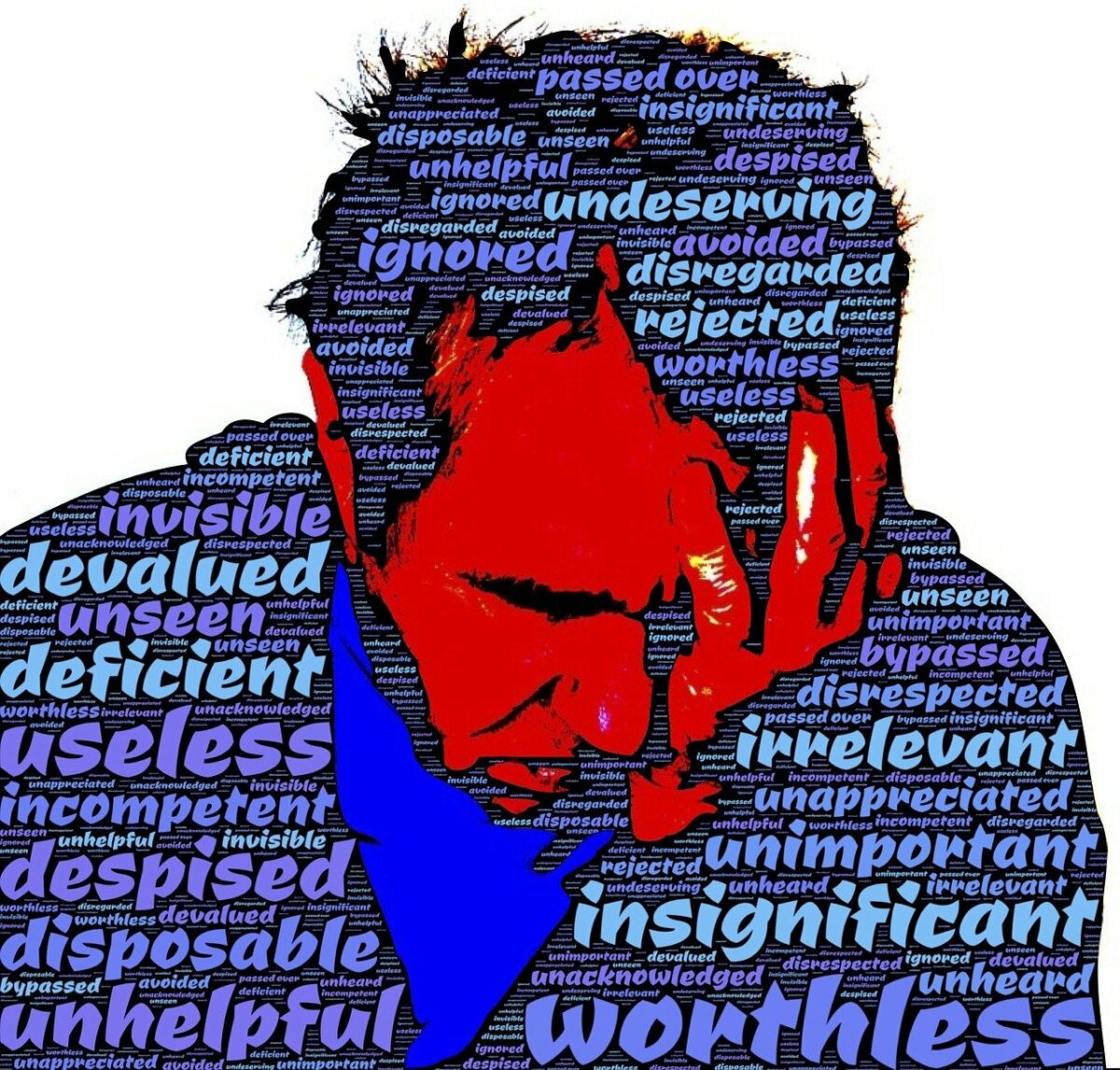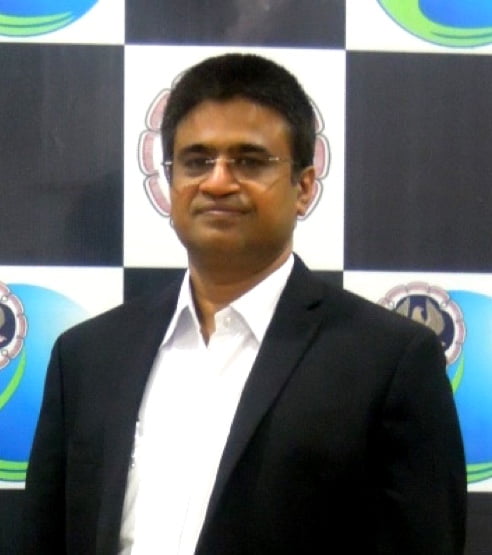A mid-life crisis is a kind of identity crisis where middle-aged individuals feel a loss of self-confidence.
This psychological episode is brought about by external events like growing age, a major setback, lack of accomplishments, internal thoughts about inevitable mortality, and in some cases a big accomplishments can also trigger it.
From being an uncommon existential dread limited to a few, to becoming a global phenomenon, the midlife crisis has evolved along with our society and culture.

So what is mid-life crisis really?
Freud was instrumental in popularizing the concept of identity crises and bringing to the attention of more people.
The common perception is that during mid-life, everyone’s thoughts are driven by the perceived meaninglessness of existence and the fear of impending death.
Beliefs and other knowledge acquired from parents, culture, and education help satiate the inquisitiveness of the child at a young age.
Fast forward 20-30 years, the child is an adult and has learned enough and now tries living what it has learned.
For a large number of adults, this is the largest cognitive leap they will make in their life. Every bedrock belief on which the person has built their life has suddenly been revealed as the foundation of shifting sand.

This leads to an intolerable situation. The life individuals have built via one cognitive process is not indicative of the choices they would make with this new process. Previous “mistakes” stare them in the face at every turn. They enter into profound depression and feel imprisoned by their own hand.
UNLEARNING does not happen and they amend, tweak, and modify the lies to suit their convenience. They continue to search for the truth and the truth which is right in front of them seems too difficult to grasp. This is one of the root causes of all the abnormalities and dogmas existing, including anxiety, midlife crisis, depression, etc.
Here are 4 interesting facts about Midlife Crisis:
Fact #1 In the USA the highest suicide rate by age group is men aged 45 to 54 (19.7 suicides per 100,00 population). Studies say that a great majority of people believe in the reality “midlife crisis,” and almost half of adults over age 50 claim to have experienced it.

Fact #2 People having mid-life crisis/existential crisis spend a lot of time pondering:
- What’s the point of human life?
- Why do I exist?
- Where do I fit in the grand scheme of existence?
Fact #3 With the arrival of the internet and social media, the mid-life crisis has received more attention in popular culture than academic research. Modernity, unhealthy individualism, and rampant consumerism has caused us to deviate from our real human nature. having said that, there are not just increasing diagnoses of mid-life crisis but also increasing interest in the resolution of the same.
Fact #4 Existential Crisis vs Mid-life crisis: Existential crisis refers to feelings of unease about meaning, choice, and freedom in life. Some people have existential crises in their teenage, others in their twenties, and rest in their thirties or forties that we refer to as a midlife crisis. Call it an existential crisis or a midlife crisis, the idea is the same – that life is inherently pointless, our existence has no meaning, and we live and die in vain.

The Reality
Mid-life does not have to lead to crises necessarily. However, midlife faces a crisis when unspoken key life questions have not been answered fully. In other words, when the individual has not aligned himself with the actual reality of existence.
The absence of complete truth has been troubling mankind all through this time. Now, we have a proposal that is talking about absolute truth. Absolute truth is one, there can be thousands of angles to look at it.
There is a simple meaning of living. Understanding the ubiquitous coexistence and living in coexistence is the purpose.
Everything in the universe is in alignment, following a progressive path. The life-atom or conscious soul is the complete atom. It can not change and has infinite energy (atomic bomb explains the energy in an atom).
The physical body, the most complicated collection of systems, and neurological advancements coexist with the soul to make a human being. A human being can understand, adapt, learn from the cloud knowledge base of ancestry, and add to the same during life.
Beliefs encouraging exploitation of other human beings and nature need to be replaced with realistic thoughts about existence. Everyone among the 7.5 billion people can help Earth and all the species sustain and live in coexistence.
As more verified knowledge gets added to the collective consciousness, babies born will receive them naturally and then the next evolution will happen of all Human beings being in perennial Bliss and happiness. No anxiety, midlife crisis, existential crisis, or anything.

Once that is done every individual will have the right answers to these three important existential questions:
What’s the purpose of human life?
To determine the purpose of life and live it; it’s one’s responsibility to deliver this purpose to humanity.
Why do I exist?
To act on my existential role and purpose and serve humanity
Where do I fit in the grand scheme of existence?
I exist to act on my purpose, to positively impact and influence humanity.




